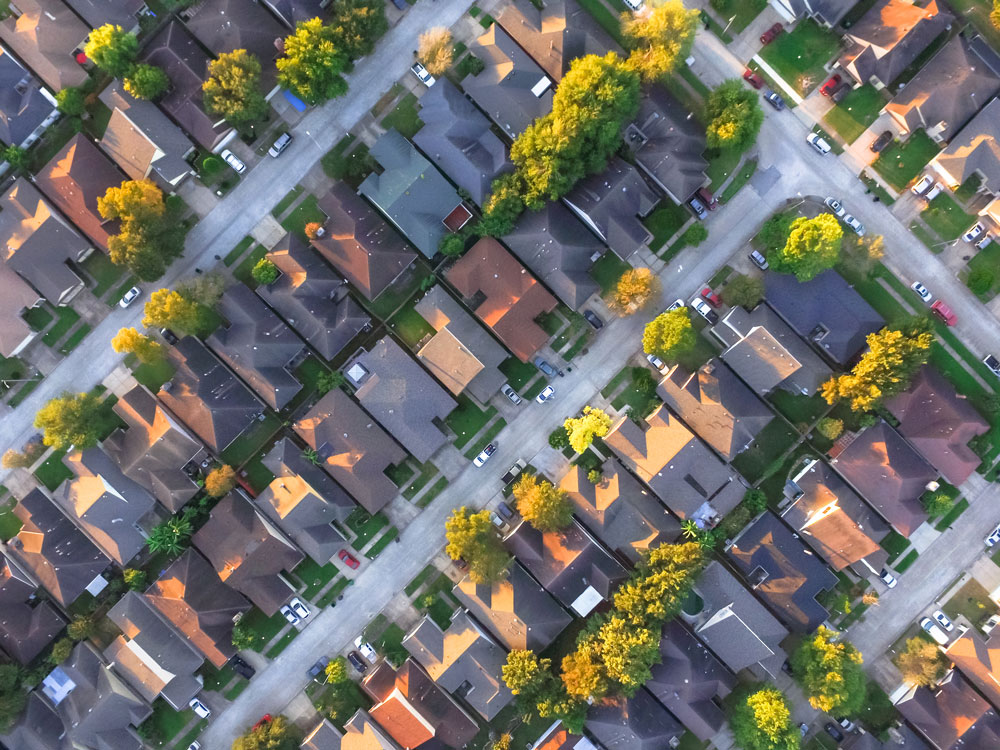1. Make a list of needed renovations
No matter how big or small your renovation is going to be, determining all the things that need renovation in your home will help you create realistic goals and expectations.
The amount of work required to complete your project is directly proportional to the cost. Having a list of things that needs to be done, will give you the ability to put together a ballpark price and examine what can be done with your current financial situation. To get a handle on how much your renovation will cost, you can research how much such projects cost in your area or if you’ll be using a contractor you can ask them for an estimate.
2. Set a limit on how much you want to spend
Home renovation projects don’t only increase your ability to enjoy your homes, it also adds value to your home resale value and equity. However, there are some facts that you must keep in mind when deciding how much to spend on these projects.
- Examine your finances and determine how much you can afford or how much you can borrow from the bank.
- Examine How long you plan on staying in the house.
- Examine the value of homes in your neighborhood.
Having an idea of how long you plan on staying in your house will help you determine what kind of renovation to be made. If you plan on selling your house within a few years, you should consider your renovation as an equity investment and you should not invest more than you can get back in return. However, if you plan on staying in your house for a long time the renovations should be based on what makes or your family more comfortable.
Your neighborhood can also affect the cost limit on your renovations. When you over improve in a middle-class neighborhood, you might lose money on your investment when you sell your house.
3. Breakdown the cost
At this point, you should have a list of renovations that need to be done and maybe some estimates. Now you need to understand what you are paying for. Most of the renovation projects costs fall into two categories.
- The first category is what’s called hard costs which include the costs of construction materials, fixtures or anything that is a tangible asset that you can easily quantify.
- The second category is Soft Costs these costs include all the additional costs that you will incur excluding labor and materials such as architectural, engineering, financing, and legal fees, and other pre- and post-construction expenses.
Having all the details is key to help you stay within your budget. Also, to avoid any surprises most homeowners have found that adding 20% to the original budget cost can come in handy in case of any unexpected expenses. It is highly recommended to leave some wiggle room in your budget especially for older homes.
4. Put together your priorities
Go back to your list of renovation projects and compare it with your budget. There is a chance that you will find your budget falling short. In this case you need to set up your priorities. Carefully examine what is most important to you and what is needed for the overall expectations.
Consider:
- Lower cost alternatives
- Increase efficiency not size
- Keep older items or appliances that are still functioning properly
Some homeowners have saved up to 20% percent on their projects by buying the materials and appliances themselves. However, if you decide to buy it yourself, you need to communicate with your contractors so that what you buy is what is needed for your project. If you set your priorities properly, there is a greater chance of ending up getting the top things on your list done.
5. Stick to your plan
Somewhere along the project, you may be tempted to add extra features. Remember that every small change you make on the plan can end up increasing the cost than you expected. Little things tend to add up. You need to stick to your plan.


Leave A Comment
You must be logged in to post a comment.